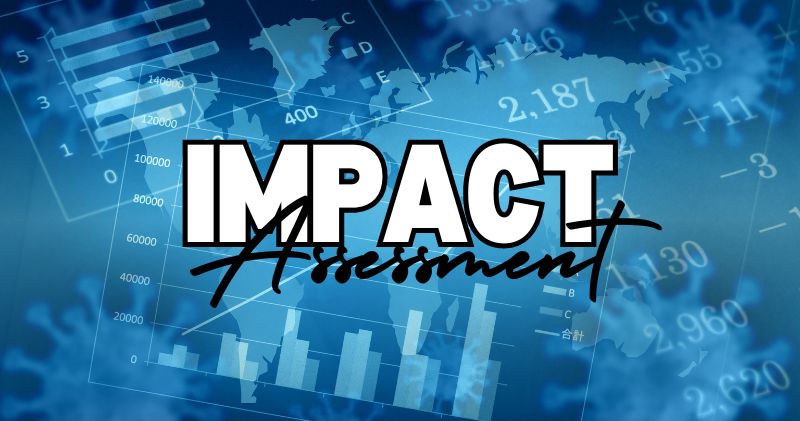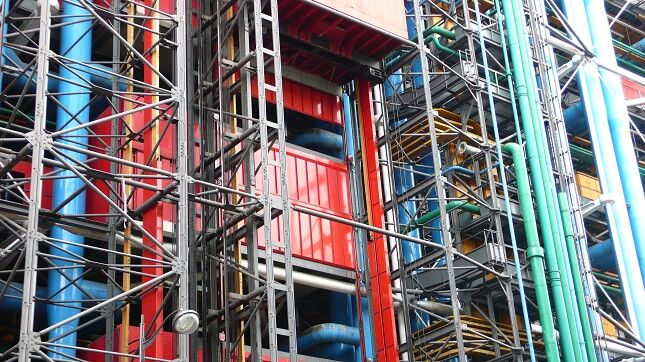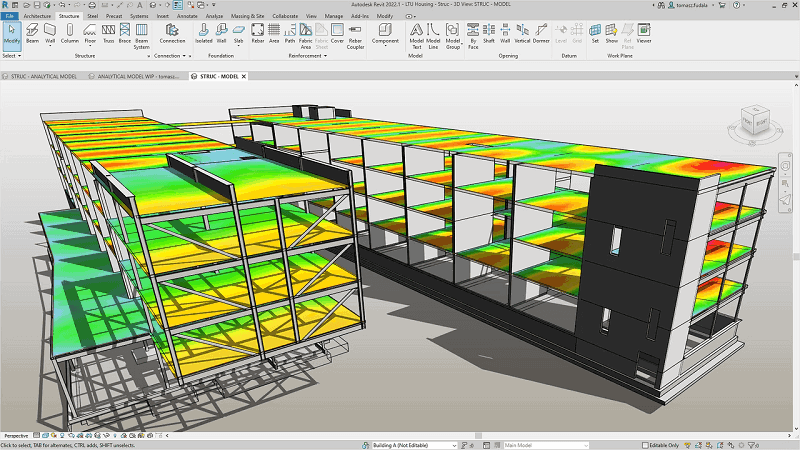Hello! I’m Wesley Harrington, your go-to environmental engineer with a passion for making our projects eco-friendly.
With over 15 years in the field, I’ve learned how to conduct impact assessments effectively. Let’s walk through this process together in a straightforward, easy-to-follow way. Ready? Let’s get started!
Recognising Scope and Goals
First, you need to understand what you’re dealing with. Are we talking about building a new factory, setting up a wind farm, or a large housing development? Whatever it is, you need to know what parts of the environment, community, and economy it might affect. Start by getting a clear picture of the current situation. This initial understanding will serve as your baseline for future comparisons.
Engaging Stakeholders

Chatting with stakeholders is important. Who are they? They’re anyone with an interest in your project—local residents, environmental groups, government officials, and more. Getting them involved early is crucial. They can help spot potential problems you might have missed and provide valuable insights. Plus, it makes everyone feel included and heard, which is always beneficial.
Gathering Data
This is the detective work part of the job. You’ll be looking at things like air and water quality, wildlife populations, economic data, and even people’s opinions. The goal is to get a comprehensive snapshot of the current state of affairs. The more detailed and accurate your data, the better your assessment will be.
Identifying Potential Impacts

With all that data in hand, you can start pinpointing potential impacts. This means figuring out how your project might change things. Will it pollute the air? Harm local wildlife? Boost the local economy?
These impacts can be direct (like pollution) or indirect (like health issues from pollution), and they can accumulate over time. This part requires a lot of analysis and sometimes even fancy models to predict different scenarios. Here’s a table with different examples of potential impacts:
| Type of Impact | Example | Description |
|---|---|---|
| Environmental Impact | Air Pollution | Emission of pollutants from factories or vehicles leading to poorer air quality. |
| Water Contamination | Discharge of harmful substances into water bodies affecting aquatic life and drinking water quality. | |
| Habitat Destruction | Clearing of forests or wetlands for development projects leading to loss of biodiversity. | |
| Noise Pollution | Increased noise levels from construction activities disturbing local wildlife and residents. | |
| Soil Degradation | Industrial activities causing soil contamination and reduced agricultural productivity. | |
| Social Impact | Displacement of Communities | Relocation of local communities due to land acquisition for large projects. |
| Public Health Issues | Health problems caused by pollution or hazardous waste exposure. | |
| Cultural Heritage Loss | Damage or destruction of sites of cultural or historical significance. | |
| Changes in Livelihoods | Impact on traditional ways of life and local economies, such as fishing or farming communities. | |
| Economic Impact | Job Creation | Employment opportunities generated by new industrial or commercial projects. |
| Economic Growth | Increased economic activity and growth in local or regional economies. | |
| Income Inequality | Widening gap between different socio-economic groups due to uneven distribution of project benefits. | |
| Increased Cost of Living | Rising prices of goods and services due to increased demand from new developments. | |
| Indirect Impact | Health Issues from Pollution | Long-term health effects on the population due to prolonged exposure to pollutants. |
| Secondary Economic Effects | Changes in local business dynamics, such as increased demand for certain services or decline in others. | |
| Community Stress | Psychological and social stress among residents due to environmental degradation or displacement. | |
| Cumulative Environmental Degradation | Combined effect of multiple small-scale impacts leading to significant environmental change over time. |
Developing Mitigation Measures
Once you’ve identified the impacts, it’s time to think about mitigation measures. These are the steps you’ll take to prevent or reduce any negative effects. For example, if your project is going to increase air pollution, you might need to install advanced filters or use cleaner technology. The idea is to find effective and practical solutions to keep things as green and community-friendly as possible.
Crafting the Impact Assessment Report

After all this work, you’ll compile everything into an impact assessment report. This report is your chance to tell the story of your project and its potential impacts, both good and bad. It should be clear, detailed, and easy to understand. Don’t forget to include all the data you collected, the impacts you identified, and the mitigation measures you’re proposing. And remember, transparency is key—make sure this report is available to all stakeholders.
Getting Approval
Your report is ready, but you’re not done yet. It needs to go through a review and approval process. This might involve government agencies, environmental groups, and public consultations. The goal here is to make sure your assessment is thorough and that your mitigation measures are adequate. It’s also a chance for stakeholders to raise any last-minute concerns or suggestions.
Putting Plans into Action
With approval given, it’s time to put your plans into action. This means implementing your project and the mitigation measures you’ve outlined. But it doesn’t stop there—you’ll need to keep an eye on things through regular monitoring. This helps you catch any unexpected issues and make adjustments as needed. Think of it as a continuous quality check to ensure everything stays on track.
Staying Flexible
One thing I’ve learned over the years is that flexibility is crucial. This is where adaptive management comes in. It’s all about learning from what you’re doing and being ready to make changes if something isn’t working. Maybe a mitigation measure isn’t as effective as you hoped, or maybe new data comes in that changes the picture. Being able to adapt and improve is key to long-term success.
A Real-Life Example: Building a Wind Farm

Let’s make this all a bit more concrete with an example. Say we’re planning a new wind farm. We’d start by defining our scope—looking at things like wildlife, noise levels, and the visual impact on the landscape. We’d engage with local communities and environmental groups to get their input and concerns. Our data collection would include wildlife surveys, noise measurements, and public opinion polls.
Once we have our data, we’d identify potential impacts, such as risks to bird populations or noise pollution. Mitigation measures might include placing turbines in less sensitive areas and using technology to reduce noise. We’d then compile all this into our impact assessment report, which would be reviewed by stakeholders and regulatory bodies. With approval in hand, we’d implement the project and keep a close watch on its impacts, ready to make adjustments as needed.
The Power of Transparency
Throughout this whole process, transparency is your best friend. Being open and honest with your data, your findings, and your plans helps build trust and support from the community and stakeholders. It also means being upfront about any limitations or uncertainties in your assessment. No one expects you to predict the future with 100% accuracy, but they do expect honesty and diligence.
Future Trends in Impact Assessment
The field of impact assessment is always evolving. New technologies like big data and AI are making it easier to analyze vast amounts of information and predict impacts more accurately. There’s also a growing focus on social and economic impacts, not just environmental ones. This holistic approach helps ensure that projects are truly sustainable and beneficial for everyone involved.
| Trend | Description |
|---|---|
| Big Data Analytics | Leveraging large datasets to gain insights into environmental, social, and economic impacts. Big data helps in making more informed and accurate predictions. |
| Artificial Intelligence | Using AI and machine learning algorithms to analyze data, identify patterns, and predict potential impacts. AI enhances the precision and efficiency of assessments. |
| Social Impact Focus | Increasing emphasis on assessing social impacts, including effects on community well-being, health, and cultural heritage, alongside environmental and economic factors. |
| Economic Impact Analysis | Greater integration of economic impact assessments to understand how projects affect local and regional economies, including job creation and economic growth. |
| Holistic Approaches | Combining environmental, social, and economic assessments to provide a comprehensive view of project impacts, ensuring truly sustainable development. |
| Real-Time Monitoring | Implementing technologies for continuous, real-time monitoring of environmental and social parameters, allowing for immediate response to potential issues. |
| Community Participation | Enhancing stakeholder engagement through digital platforms, allowing for more inclusive and transparent communication and feedback processes. |
| Climate Resilience | Focusing on how projects can contribute to climate resilience, including adaptive strategies to mitigate climate change impacts. |
| Sustainable Development Goals (SDGs) | Aligning impact assessments with the United Nations’ SDGs to ensure projects contribute to global sustainability targets. |
| Blockchain Technology | Utilizing blockchain for transparent and tamper-proof data management, ensuring the integrity and accountability of impact assessment data. |








